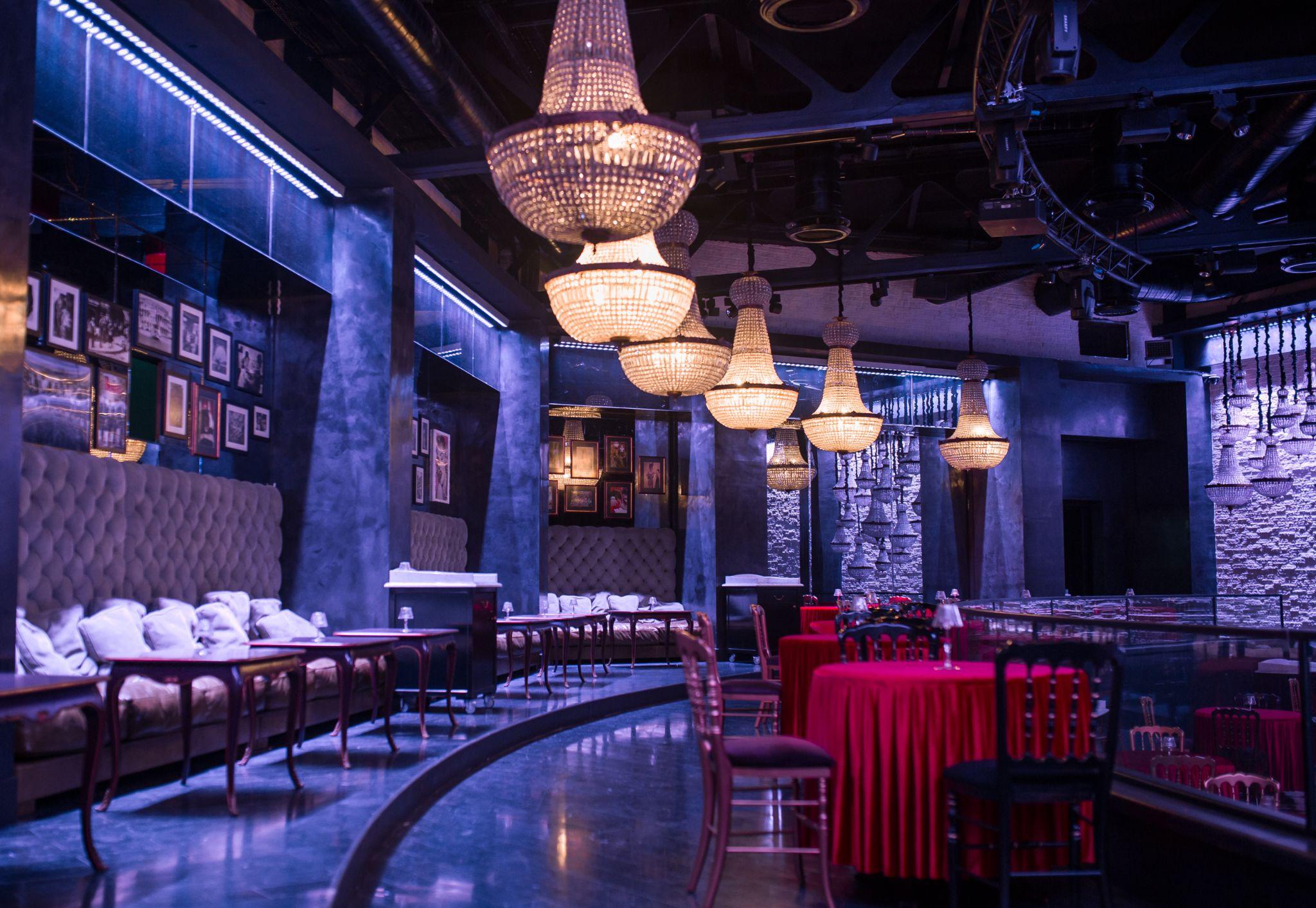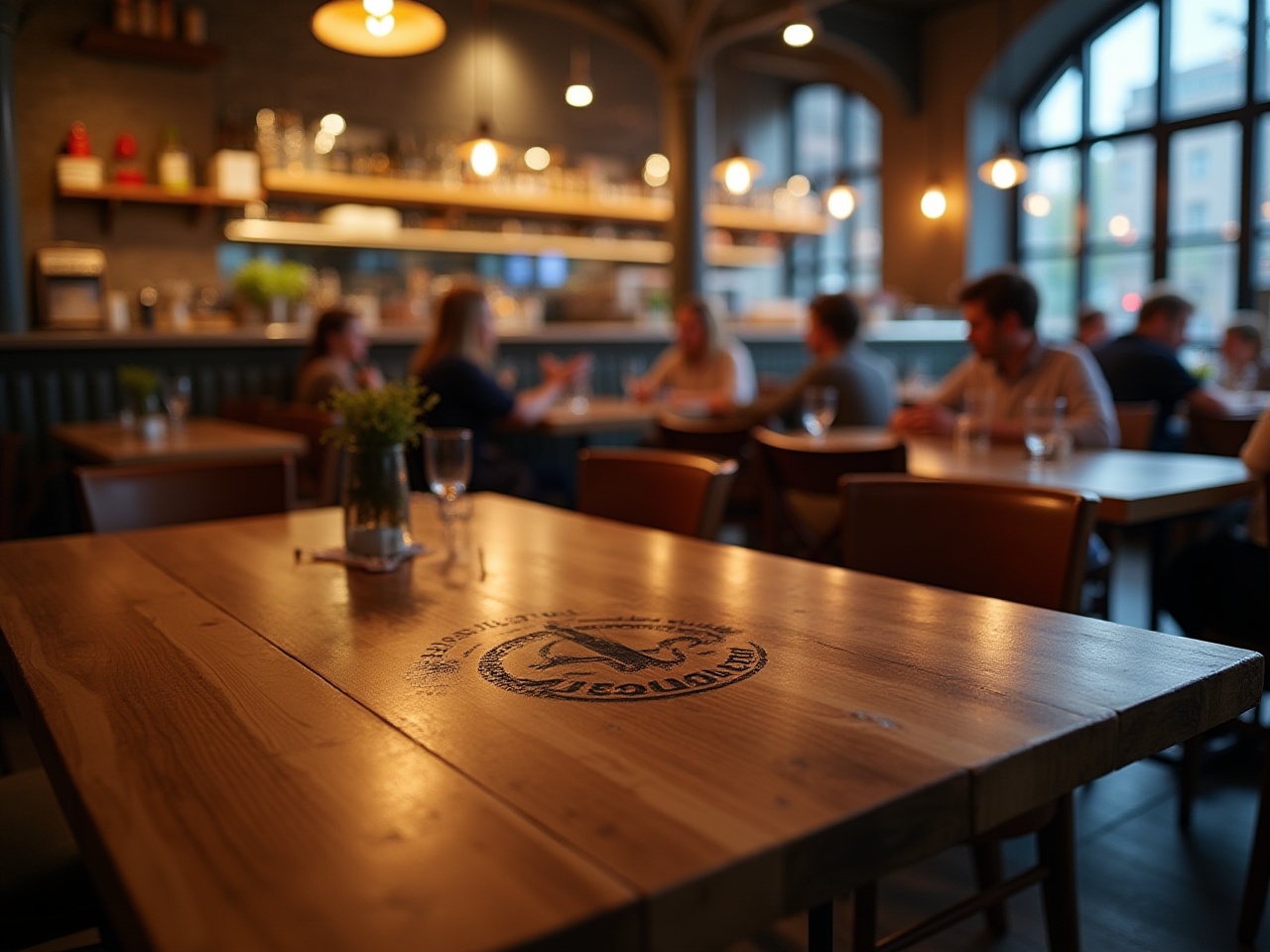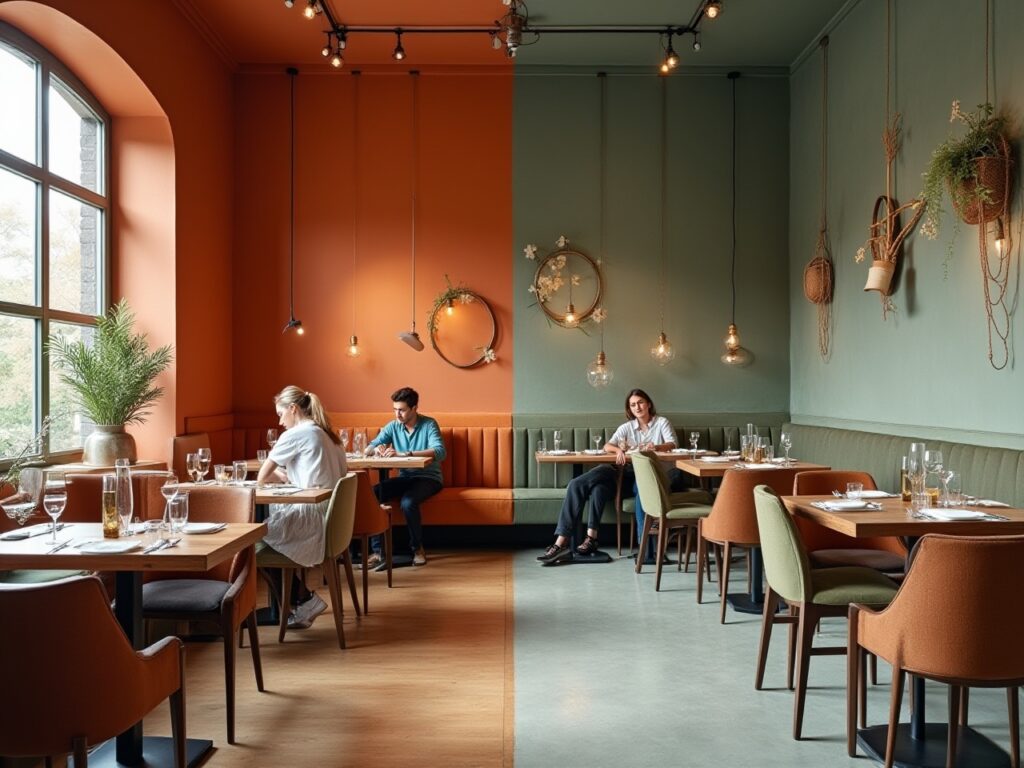Imagine going to a cafe for your first date and witnessing a chaotic, disoriented ambience. The reception area is dimly lit while the table surfaces are bare, with no decoration. The moment your brain registers the sight, it will almost pull away instinctively. That’s because the interior décor and restaurant furniture send visual stimuli to your brain, causing you to make decisions subconsciously.
Many would believe that the décor they choose or the restaurant chairs they pick for the guests are merely for aesthetics. However, these two elements go beyond creating the visual appeal.
A warm, inviting, and cozy restaurant will draw in more guests while a cold, cluttered one will make a poor impression. We have further covered how these elements communicate together to cohesively shape the experience your guests can have at your restaurant.
Understanding the Guest Journey
From Booking to Departure
The moment they visit your online website or social media profile to check out the menu or make a booking, their minds instinctively form an impression. When they visit the restaurant in person, the lobby design and the curb appeal will set the welcoming tone.
The ambient lighting, furniture layout, color palette, and several other elements will become the decisive factors.
How Do First Impressions Set the Tone At Restaurants?
From the initial visuals to the comfort of the seats and décor items placed on the restaurant dining tables, every single element will work cohesively to shape the first impression. That’s why hospitality furniture selection or interior décor statement matters so much for restaurant owners aiming to deliver an everlasting dining experience.
The Psychology of Space: Design Principles
Color & Mood
Color is known as the silent communicator, influencing guests’ senses from the moment they step inside. It’s about evoking emotions and how color influences the customer, it has a huge role to play in connecting interior décor with customer experience.
- Shades like earthy tones, terracotta, and bright orange are used to promote a warm, inviting atmosphere. When paired correctly, they can set the right mood and tone for a cozy, intimate dining experience.
- Cool tones, on the other hand, like greys and greens, impart a sophisticated and calm feel to the interior. They form an ideal palette for an upscale or modern restaurant.
Restaurant furniture selection also becomes the decisive factor. For example, restaurant booths are perfect for a cozy, private atmosphere. I’ve seen people preferring booths over restaurant chairs. That gives you an idea how you should prepare your restaurant space.
Lighting & Acoustics
Bar counters, kitchen pass-throughs, and other high-intensity areas should have focused or task lighting. This way, you can highlight these zones properly, drawing the onlookers’ attention in no time.

Acoustics will influence your guests’ interaction greatly. Play with sound-absorbing materials so that the unwanted noises coming from the kitchen or the clattering of dishes won’t disturb the ambience. However, you also do not want a restaurant with a “pin-drop silence” as it would hinder your guests from even making small talk.
Biophilic & Neuro-inclusive Elements
The interior design psychology and customer behavior are intertwined at so many levels. That’s why most modern setups nowadays incorporate biophilic elements, like indoor plants, natural light, and other natural touches. These create a sense of well-being and relaxation, helping guests feel more connected with nature.
In addition, restaurant owners should also capitalize on the concept of neuro-inclusivity by focusing on accessible, functional, and ergonomic furniture. Take the chair’s height for example! It needs to be on par with the table for comfortable seating and easy access for guests of all ages.
Furniture as Functional Design
Comfort, Durability, and Sustainability
Restaurant owners should play with furniture design synergy to create a cohesive ambiance for their guests.
Chairs and tables should have excellent craftsmanship with a high-quality build. No wobbling or unnecessary movements should be there.
Customization and Brand Identity
Another way to enhance the impact of interior design and furniture integration is through customization. Choosing a design that represents your restaurant’s brand identity or vision will instantly resonate with your guests.

For example, a reclaimed wood table. Embossing its surface with your brand logo will help you feel more connected with your customers and increase their engagement.
Ergonomics and Guest Efficiency
While choosing restaurant furniture, pay attention to even the minute detail, including the ergonomics.
- Chairs and tables should have a proper height to ensure guests won’t leave the doors with aching necks.
- High backrests of booths will help customers relax and enjoy their meal for hours.
- Bar stools should have a proper height in proportion to the counter’s height.
- There should be enough space between the aisles for accessibility and ADA compliance.
Design + Furniture: The Experience Synergy
Creating Cohesive Themes
Every restaurant owner must focus on their restaurant interior design and furniture integration to ensure nothing stands out like a sore thumb and create an imbalanced appearance. Sleek, black metal light fixtures can blend in easily in an industrial space setup.
Mixing the colors, finishes, and styles of restaurant furniture units will help you build a strong emotional connection with your guests in no time.
Sensory Harmony Across Design Elements
Furniture elements with ergonomic designs and soft textures will let your customers relax and enjoy the coziness. Ambient lighting and acoustics will set the right mood you want for the night. Take an open seat near the glass wall as an example. The natural light coming through the transparent screen will boost energy.
Smart & Adaptable Furnishings
Versatile furniture settings bring numerous benefits to the table, especially for modern restaurants. Foldable dining tables can help accommodate groups of diverse sizes. Booths will ensure maximum space utilization by allowing seating arrangements in corners and against the walls. A smart lighting system will be easier to control and manage.
Implementation Strategies
Align With Brand & Culture
You need to synchronize the design psychology with customer behavior for a cohesive ambience. Ensure the materials, layout, and ambience are in sync with your brand statement and the customer preferences.
Involve Experts & Guests
Feedback from your guests or inputs from experts will help you understand the gaps with greater clarity. Here, you will need to capitalize on collaboration.
Prototype & Pilot Phases
Do not straightaway go for a full-scale rollout. Instead, use a controlled setting or a single outlet to test your furniture selection and the layout plan. It will help you deeply observe how these factors influence the ambience, traffic flow, and the comfort level of your guests.
Measure Success
Lastly, track key performance metrics to assess the success level of the ideas you have implemented. It will help you align the interior design with customer experience across the restaurant. Leverage guest feedback to evaluate the efficacy of the design choices you made.
Conclusion
With such a detailed illustration, we hope you have clarity about furniture design synergy and how it impacts guests’ experience throughout.
Work on strategies by collaborating with experts, like interior designers and ergonomics consultants. Understand what your guests prefer.
Evaluate if they are more inclined towards an open dining setup or would give 5 ratings for having intimate booths.

